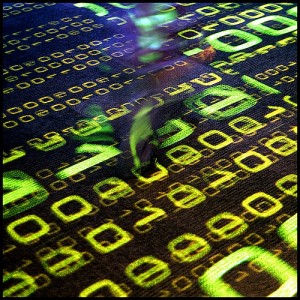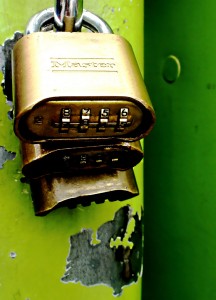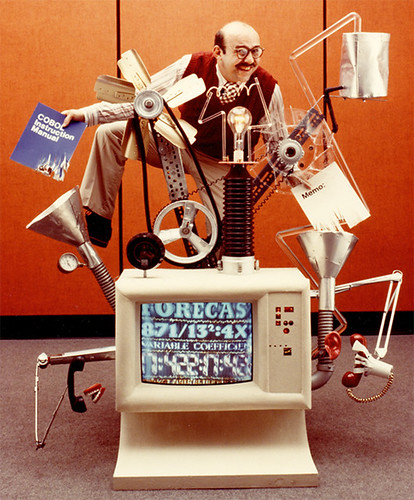In the chapter titled “Forays,” of Neal Stephenson’s Cryptonomicon, bit-key encryption is introduced as a method maintaining secrecy between the characters Randy and Avi. Unlike the other characters of the novel, Randy and Avi occupy the modern times and must resort to computer cryptography in order to protect Epiphyte, which is no more than “an idea, with some facts and data to back it up,” thus making it “eminently stealable.” They therefore employ a program referred to as “Ordo,” which converts their e-mails and data into streams of digital “noise,” or indistinguishable numerical nonsense. Interestingly enough, the function by which Ordo operates has recently been a topic of discussion in class.
In the passage, Randy is directed to choose a key length of 4096 in order to communicate securely with Avi. This key length, as suggested by Randy, is entirely secure. However, because random generation of a larger key length requires tiresome effort on Randy’s behalf, he argues that even an inconceivably large super computer would have no hope of breaking a 4096-bit encryption key. Avi retorts with the implications of Moore’s Law, which argues that computing power doubles approximately every two years, and the prospect of quantum computers further validates the possibility for factoring large numbers with ease. The length of a key is thus of utmost importance, even if it is impervious to the efforts of current computing power.
A 4096-bit key, however, is notably secure, as this key length equates to 24096 possible keys. As mentioned in the novel, a key 2048 or 3072 bits in length would halt even the greatest cryptanalysts in their tracks, whereas a 768-bit key would provide security for years to come. This is because a key length does not directly signify the number of possible keys, provided that a key length of 400 generates double the number of possible keys as does 399-bit key.
This passage was captivating for me because my new found knowledge of computer cryptography and key length allowed me to appreciate its implications within the novel just that much more. Furthermore, the argument of Moore’s Law was quite noticeable to me, despite its lack of explicit mention in the passage. Most interesting to me, however, was the theoretical argument that a supercomputer composed of every particle in existence would take “longer than the lifespan of the universe” to crack a 4096-bit key encryption.












